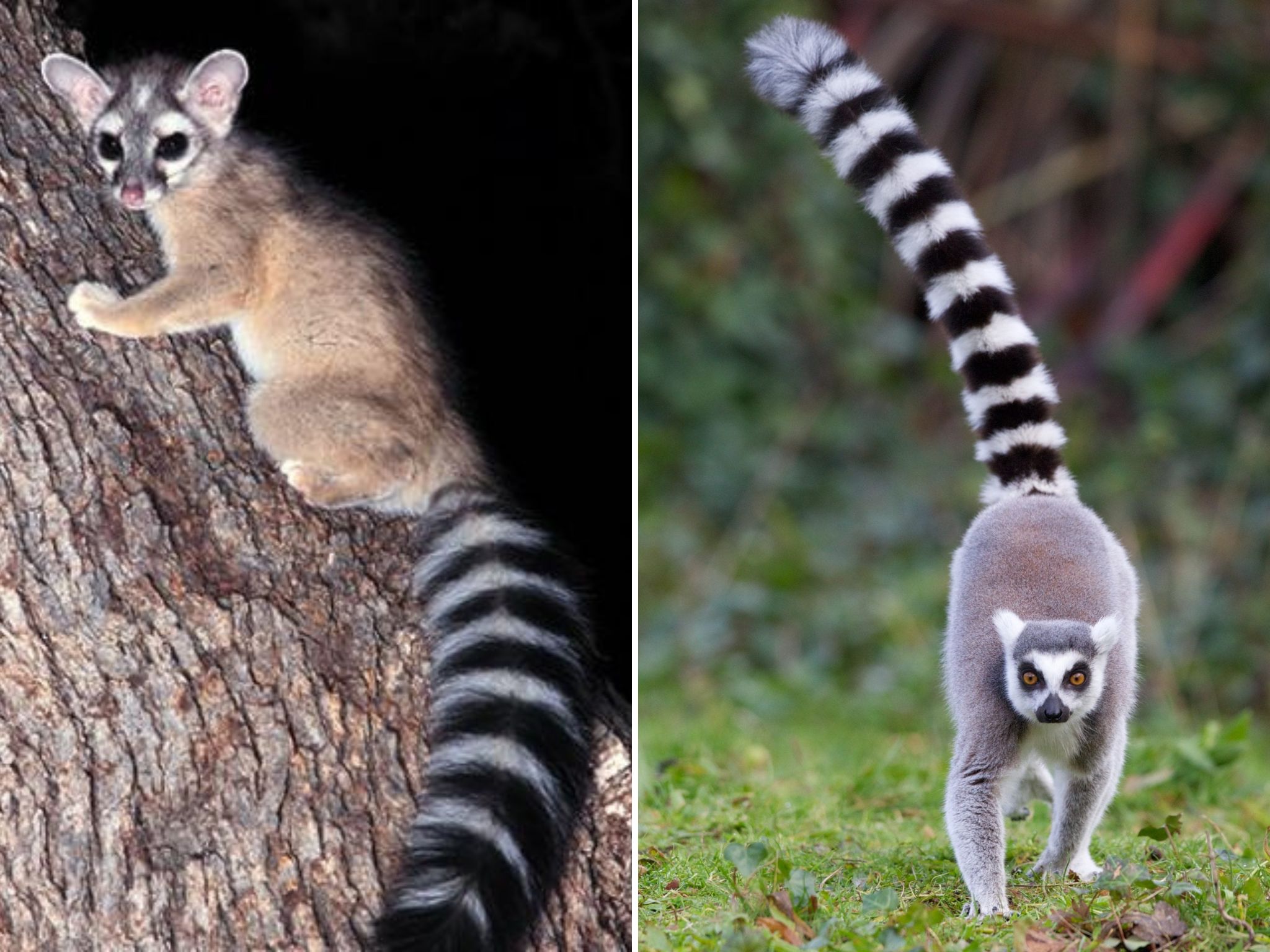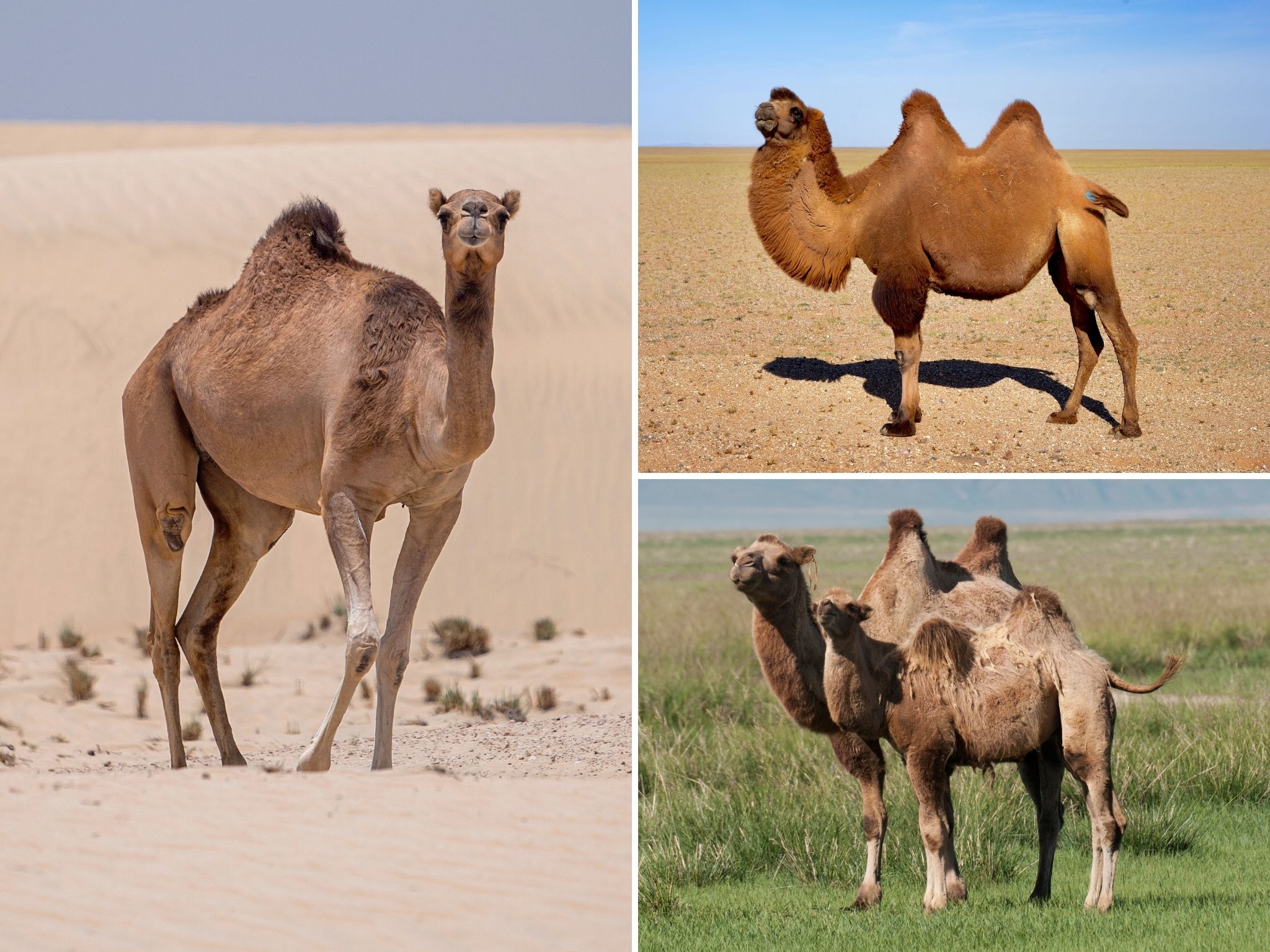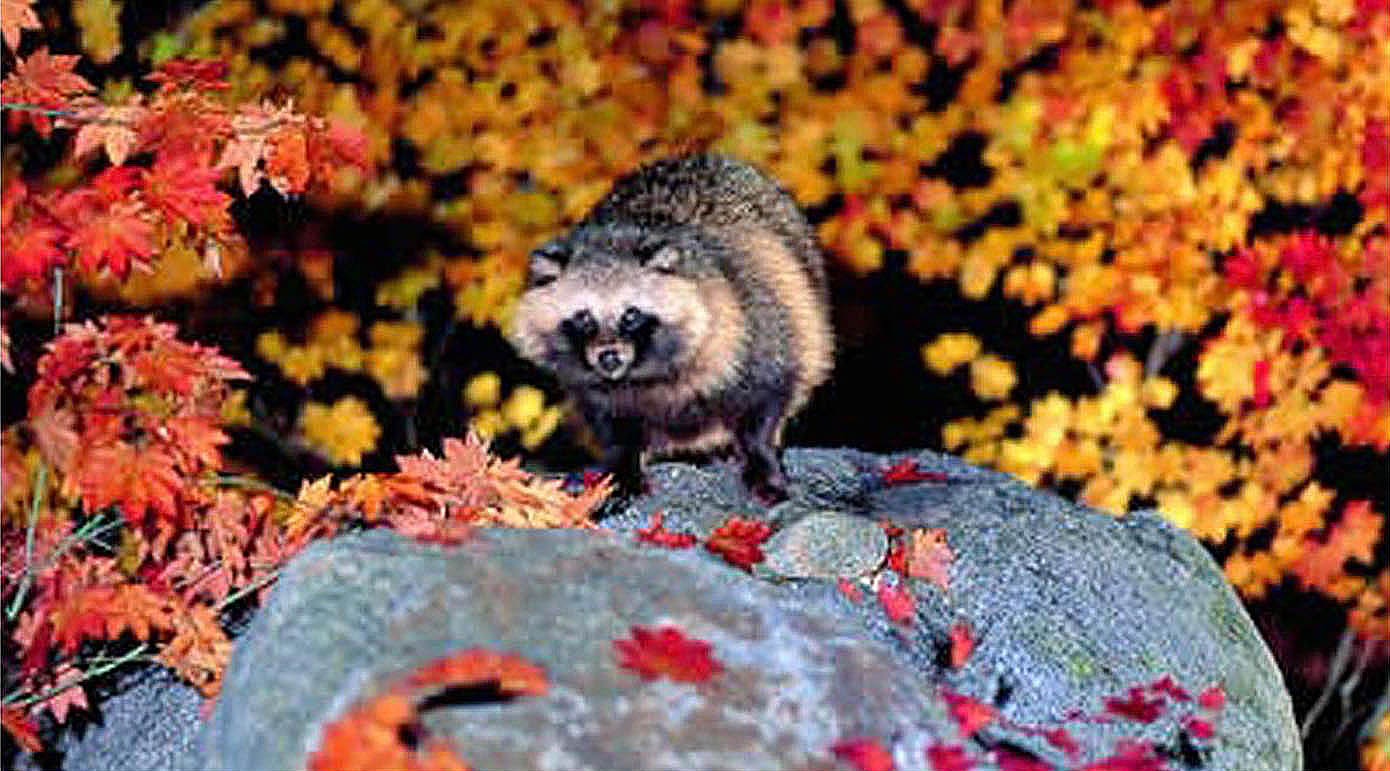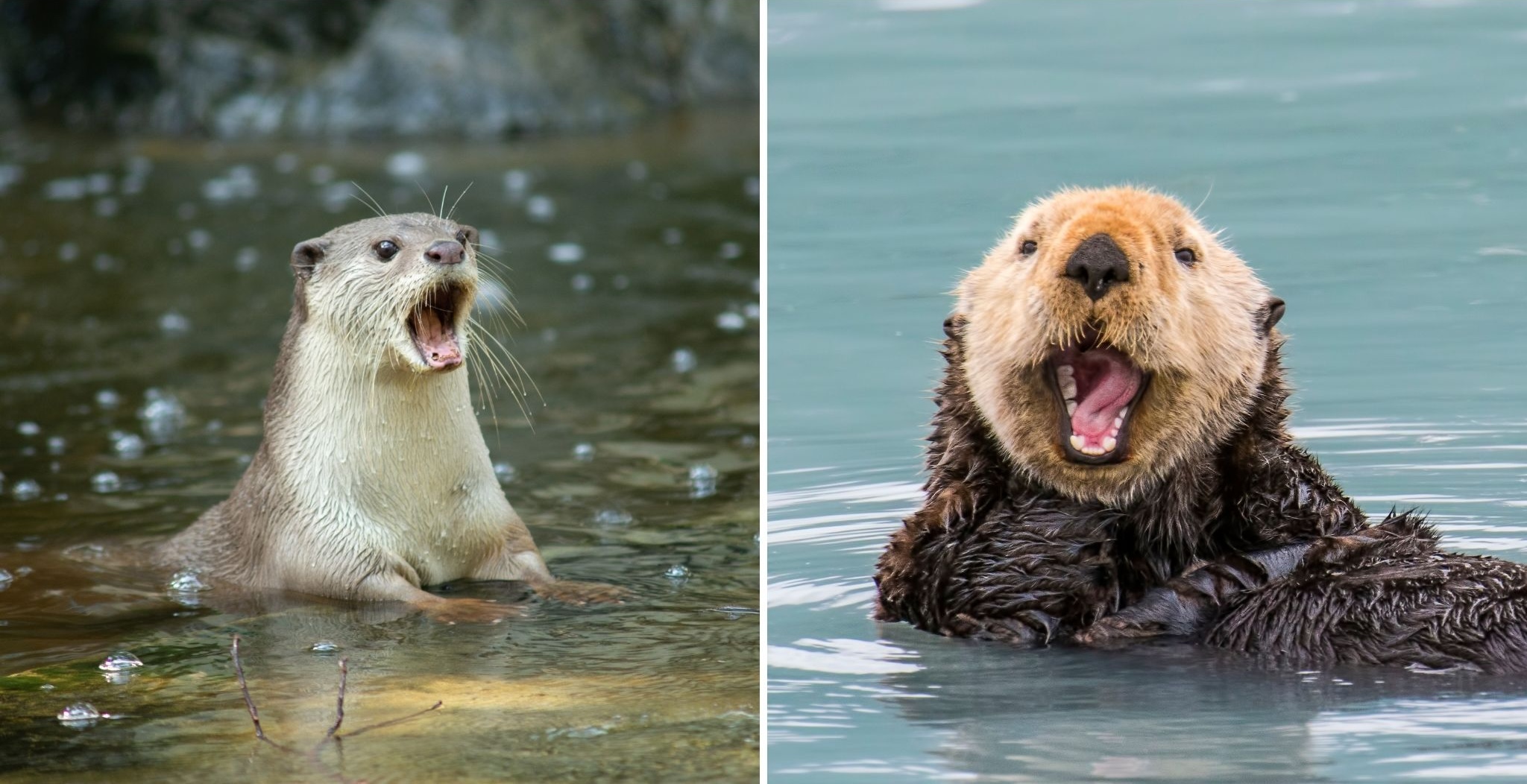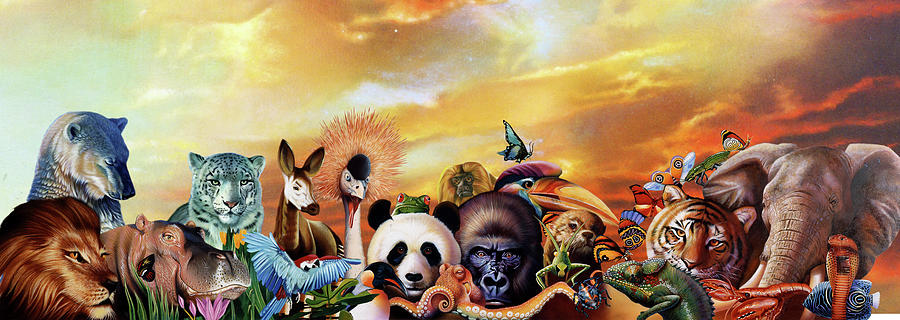
The animal kingdom is full of surprises, and the names for groups of animals are no exception! Forget boring old “herds” and “packs” – these names are bursting with personality and offer a glimpse into the creatures’ behavior. Let’s dive into this menagerie of mischief:
- A Clowder of Cats: This whimsical term perfectly captures the playful and sometimes chaotic nature of a group of felines.
- A Pride of Lions: This majestic term befits the king of the jungle. A pride of lions, with a powerful male leading a group of females and their cubs, evokes a sense of royalty and family structure.
- A Parliament of Owls: Wise? Maybe. Talkative? Absolutely! A parliament suggests these owls are a hoot to listen to (sorry, we couldn’t resist).
- A Smuck of Jellyfish: This one might leave you feeling a bit stung. A smuck evokes a messy, gelatinous blob, which is an apt description for a group of jellyfish drifting together.
- A Raft of Otters: Sea otters float on the ocean waves – often holding hands – in groups that are called rafts. These rafts are usually gender-based, with males and females hanging out separately.
- A Business of Ferrets: These industrious little creatures seem to be constantly on the move, making “business” a surprisingly fitting name for their group. Just imagine them in tiny suits, scurrying about with important ferret tasks!
- A Confusion of Wildebeest: This term derives from the noise and disorientation of these animals when they gather for their great migration, when around two million wildebeest (aka gnus) unite to search for greener areas.
- A Bloat of Hippos: The term ‘a bloat of hippopotamuses,’ comes from their large, indeed bloated bellies. A male hippo weighs around 8,000lb and is covered in subcutaneous fat that helps him float.
- A Shrewdness of Apes: This sophisticated term reflects the intelligence and social complexity of apes.
- A Scurry of Squirrels: This name is all about movement! Squirrels are constantly darting and dashing, and “scurry” perfectly captures their frenetic energy. Their other collective nouns include squad, colony, and drey (which is also a term for the squirrel’s nest).
- A Labour of Moles: This term derives from the image of moles as hardworking miners toiling underground for the common good. The evidence of their work above ground has proven an unwelcome sight to farmers causing moles to have long been regarded as vermin. Their other collective nouns include fortress, movement, and company.
- A Murder of Crows: This ominous term might seem a bit harsh, but it likely reflects the crows’ intelligence and scavenging behavior. Crows are known to be quite clever and may “mob” other birds to steal their food.
- An Unkindness of Ravens: Worse than their cousins the crows, this collective noun most likely comes from a false 19th century theory that ravens weren’t remotely caring parents, prematurely expelling their young from their nests to look after themselves. These remarkably intelligent birds continue to be associated with bad luck, Halloween, and death; their other collective nouns include ‘rave,’ ‘treachery,’ ‘conspiracy,’ and the generic ‘flock.’
- A Crash of Rhinos: This powerful term evokes the immense size and unstoppable force of a group of rhinos on the move. Just imagine the thunderous sound of their hooves!
- A Nest of Crocodiles: This term refers to crocodiles burying their eggs in nests. When they leave the nest they rarely spend time together preferring a solitary life, although they will hunt together and will even share their prey. Other collective nouns include a bask (as in basking in the sun), a congregation, or a float (when in water).
- A Pod of Whales: This elegant term reflects the grace and power of these magnificent creatures gliding through the water.
This is just a taste of the many quirky and colorful names for animal groups. So next time you see a group of animals, take a moment to appreciate not just the creatures themselves, but also the fascinating collective nouns that describe them!

